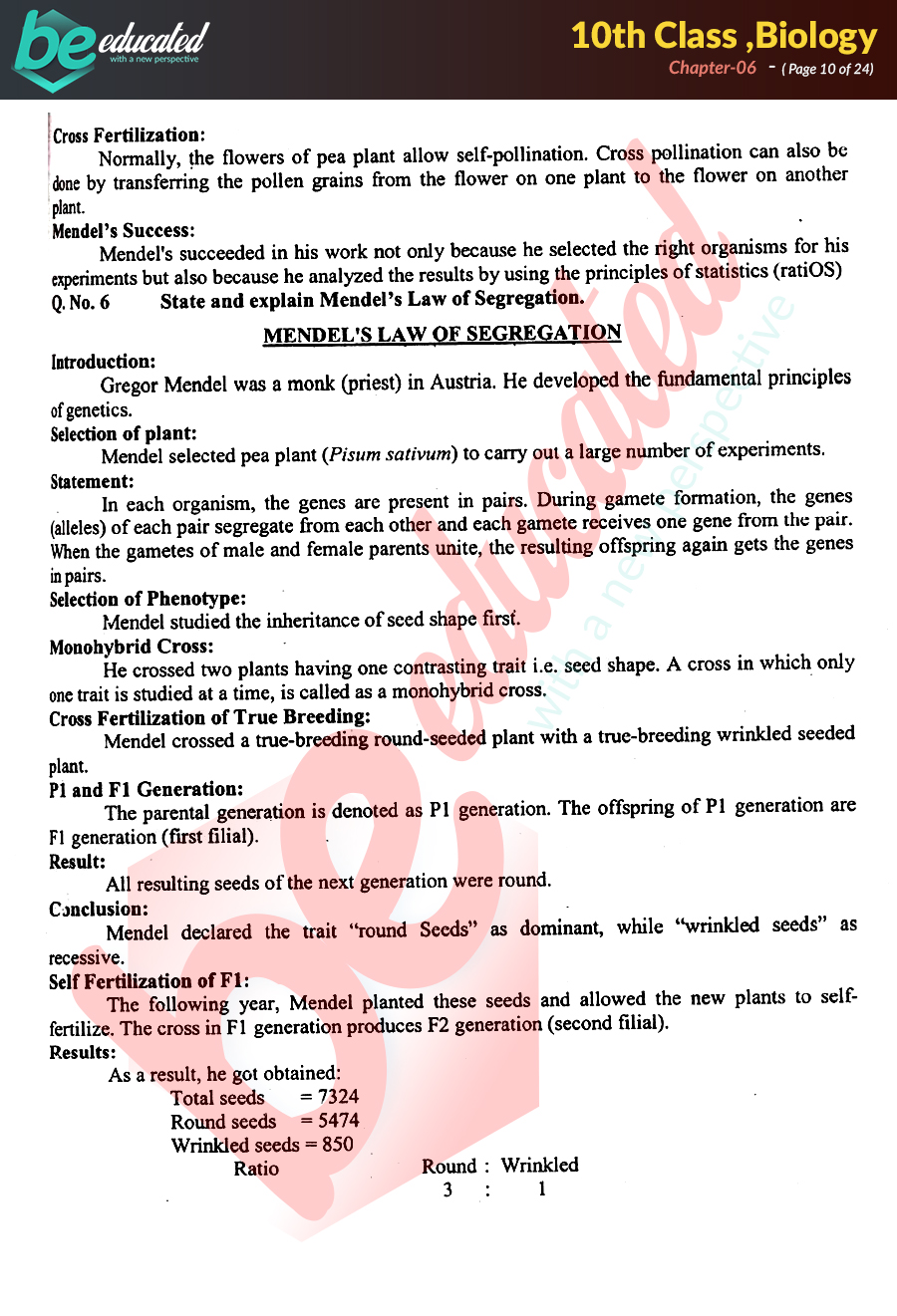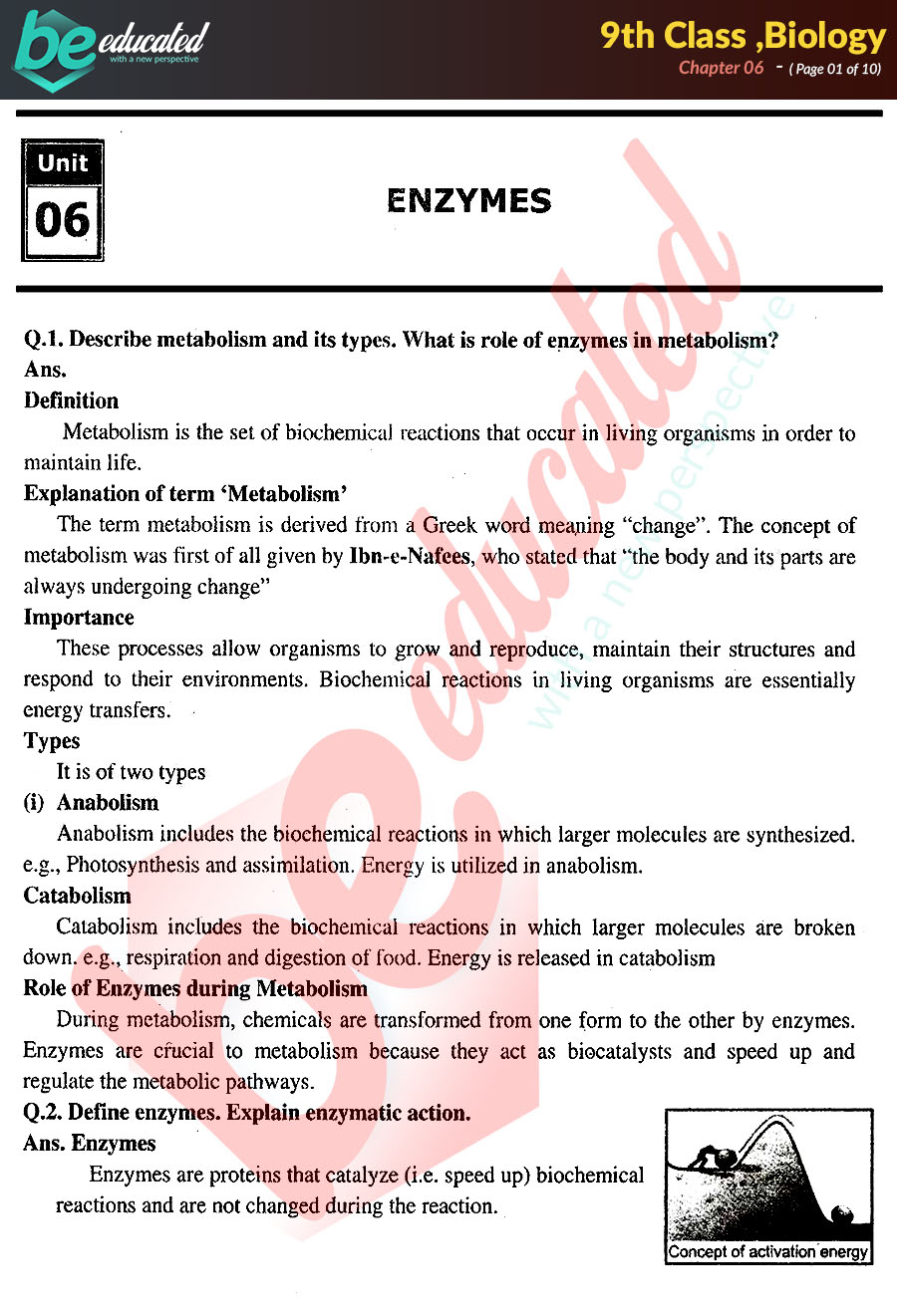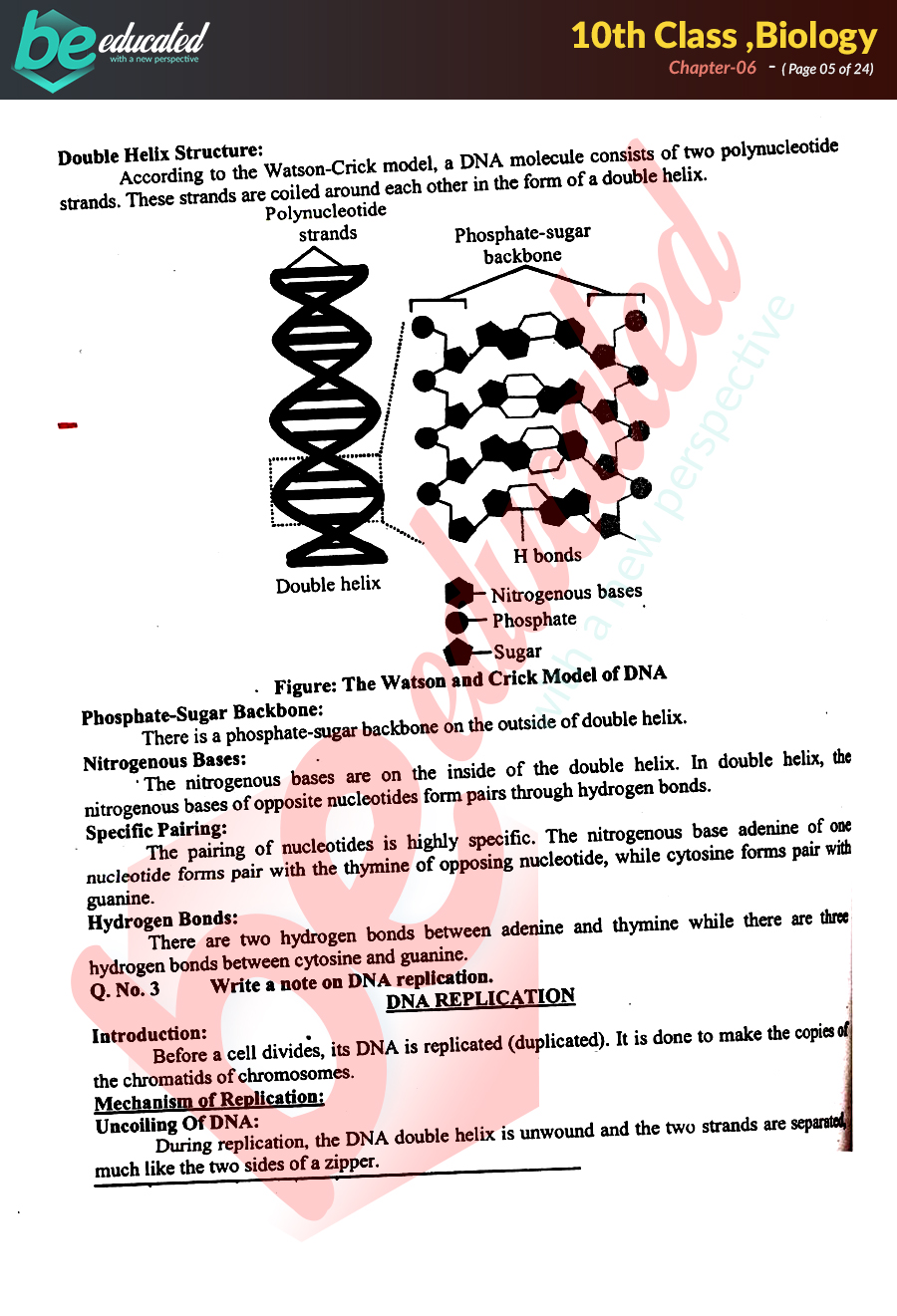Chapter 6 Biology
Chapter 6 Biology - Unit 6 elements of life. Unit 4 properties of carbon. Results when airborne pollutants combine with moisture in the air. 6.4 meiotic division results in. The fusion of 2 gametes that result in offspring that are a genetic mixture of both parents. The first law states that the total amount of energy in the universe is constant. A series of laws, called the laws of thermodynamics, describe the properties and processes of energy transfer. Phenomena in nature do not come labeled as belonging to biology, chemistry, or physics. Diploid cells contain two of each. Variety of habitats, living communities, and ecological processes in the living world.
Web 6.2 potential, kinetic, free, and activation energy; As per chargaff’s rule, dna molecules are required to have an equal ratio of. Life cycles, cell division, and inheritance. A series of laws, called the laws of thermodynamics, describe the properties and processes of energy transfer. The first law states that the total amount of energy in the universe is constant. Phenomena in nature do not come labeled as belonging to biology, chemistry, or physics. The fusion of 2 gametes that result in offspring that are a genetic mixture of both parents. Web how do living cells obtain energy, and how do they use it? 6.4 meiotic division results in. 6.2 sex generates genetic diversity.
Life cycles, cell division, and inheritance. Plant tissues are divided into permanent and meristematic tissues. The first law states that the total amount of energy in the universe is constant. Web 6.2 potential, kinetic, free, and activation energy; 6.3 mitosis is how most of our cells divide. 6.3 the laws of thermodynamics; The electrons that are transferred during. Web vocabulary words from the ap edition of campbell biology, chapter 6. Variety of habitats, living communities, and ecological processes in the living world. Diploid cells contain two of each.
Biology Chapter 6 Test Answer Key Fill Out and Sign Printable PDF
Web a series of laws, called the laws of thermodynamics, describe the properties and processes of energy transfer. The three main biochemical pathways of cellular respiration are. Unit 6 elements of life. But scientists from these different disciplines ask different kinds of questions, and seek different. Web as a system becomes more disordered, the lower its energy and the higher.
Ix biology full notes chapter 6
Unit 2 chemistry of life. A series of laws, called the laws of thermodynamics, describe the properties and processes of energy transfer. Show that in this case the threshold energy is 4 m_ {0} c^ {2} 4m0c2. As per chargaff’s rule, dna molecules are required to have an equal ratio of. Diploid cells contain two of each.
Chapter 6 biology 20 1215
Unit 1 intro to biology. Unit 2 chemistry of life. Web 6.2 potential, kinetic, free, and activation energy; Glycolysis, krebs cycle, and electron transport chain. The fusion of 2 gametes that result in offspring that are a genetic mixture of both parents.
Chapter 6 Biology 10th Class Notes Matric Part 2 Notes
Results when airborne pollutants combine with moisture in the air. Click the card to flip 👆 eukaryotic (more complex, with nucleus and membrane bound organelles), prokaryotic (simpler, smaller. Web 6 biology and chemistry. Web 6.1 the genome prokaryotes have a single loop chromosome, whereas eukaryotes have multiple, linear chromosomes surrounded by a nuclear membrane. Unit 6 elements of life.
Chapter 6 Biology 9th Class Notes Matric Part 1 Notes
Variety of habitats, living communities, and ecological processes in the living world. Web biology chapter 6 4.3 (9 reviews) get a hint what are the two different types of cells? How many chromosomes do diploid cells contain? 6.3 mitosis is how most of our cells divide. 6.2 sex generates genetic diversity.
NCERT Exemplar Solutions Class 12 Biology Chapter 2 Sexual
Web chapter 6 of ncert solutions for class 11 biology enriches students with a clear idea about the kinds of tissues a plant possesses. 6.4 meiotic division results in. Glycolysis, krebs cycle, and electron transport chain. Web 6.1 the genome prokaryotes have a single loop chromosome, whereas eukaryotes have multiple, linear chromosomes surrounded by a nuclear membrane. Produces a net.
NCERT Solutions Class 12 Biology Chapter 6 Molecular Basis of Inheritance
The first law states that the total amount of energy in the universe is constant. Learn with flashcards, games, and more — for free. Web how do living cells obtain energy, and how do they use it? The electrons that are transferred during. Produces a net gain of two molecules of atp.
Chapter 6 Biology 10th Class Notes Matric Part 2 Notes
Web 6 biology and chemistry. Unit 4 properties of carbon. This chapter will also describe how cells use. How many chromosomes do diploid cells contain? Web chapter 6 of ncert solutions for class 11 biology enriches students with a clear idea about the kinds of tissues a plant possesses.
Chapter 6 Biology 10th Class Notes Matric Part 2 Notes Science
A unique variant of a character, such as red or white colored flower, are called traits. A series of laws, called the laws of thermodynamics, describe the properties and processes of energy transfer. Bju science 6 chapter 6 quiz 1, 2 & 3. Phenomena in nature do not come labeled as belonging to biology, chemistry, or physics. The first law.
X biology full notes chapter 6
Click the card to flip 👆 eukaryotic (more complex, with nucleus and membrane bound organelles), prokaryotic (simpler, smaller. 6.4 meiotic division results in. A unique variant of a character, such as red or white colored flower, are called traits. Web chapter 6 of ncert solutions for class 11 biology enriches students with a clear idea about the kinds of tissues.
The Electrons That Are Transferred During.
A series of laws, called the laws of thermodynamics, describe the properties and processes of energy transfer. Web chapter 6 of ncert solutions for class 11 biology enriches students with a clear idea about the kinds of tissues a plant possesses. Web as a system becomes more disordered, the lower its energy and the higher its entropy become. The fusion of 2 gametes that result in offspring that are a genetic mixture of both parents.
This Chapter Will Also Describe How Cells Use.
Life cycles, cell division, and inheritance. Web 6.1 the genome prokaryotes have a single loop chromosome, whereas eukaryotes have multiple, linear chromosomes surrounded by a nuclear membrane. Variety of habitats, living communities, and ecological processes in the living world. Unit 3 water, acids, and bases.
Web Biology Chapter 6 4.3 (9 Reviews) Get A Hint What Are The Two Different Types Of Cells?
But scientists from these different disciplines ask different kinds of questions, and seek different. Unit 6 elements of life. Web a series of laws, called the laws of thermodynamics, describe the properties and processes of energy transfer. Web biology library 37 units · 127 skills.
Web How Do Living Cells Obtain Energy, And How Do They Use It?
This chapter will discuss different forms of energy and the physical laws that govern energy transfer. Produces a net gain of two molecules of atp. How many chromosomes do diploid cells contain? As per chargaff’s rule, dna molecules are required to have an equal ratio of.









